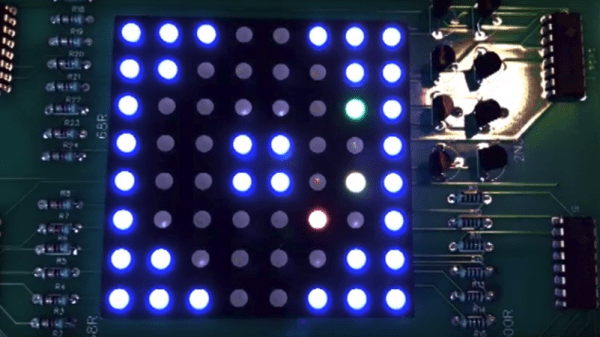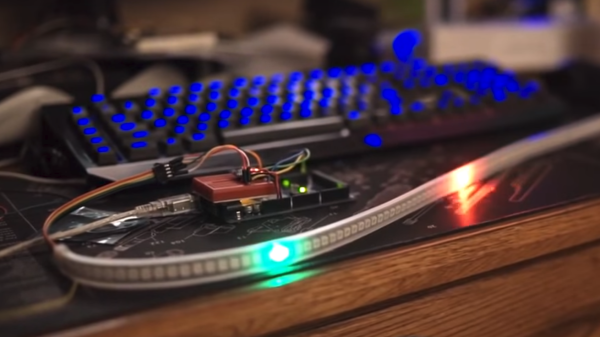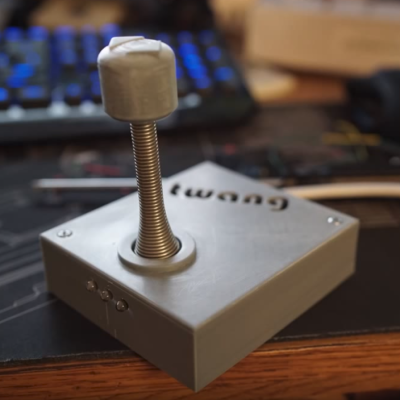Today is a little tour back to the early 1980s when Mattel released the DUNGEONS & DRAGONS Computer Labyrinth Game. [Cameron Kaiser] was dealing with a few boxes of old stuff when he came across the game. Luckily for us, he decided to do a complete teardown and a comprehensive review more than 40 years after it came out.
The game itself is pretty simple. You and a friend are characters on the board, navigating an eight-by-eight maze. As you move through the labyrinth, a microcontroller emits twelve audio cues telling you what you’ve run into (walls, doors, treasure, and so on). The eight buttons on the side allow you to hear the different tones to know what they mean, as we imagine even the most well-written manual might struggle to describe that. In addition, the pieces are diecast metal, which allows the game to detect where the pieces have been placed. Continue reading “Dungeons And Dragons Board Game From The 1980s Holds A TMS1100”




 A delightful version of a clever one-dimensional game has been made by [Critters] which he calls
A delightful version of a clever one-dimensional game has been made by [Critters] which he calls 









